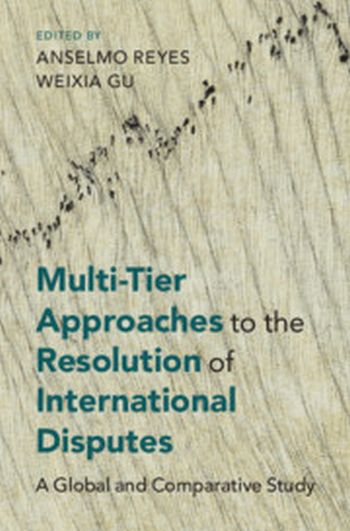
Multi-tier dispute resolution (MDR) entails an early attempt at mediation followed by arbitration or litigation if mediation is unsuccessful. Seemingly, everyone acknowledges MDR's attractiveness as a means of resolving disputes due to its combination of the flexibility and informality of mediation with the rigour and formality of arbitration or litigation. Yet, the question is why, except in China and some Asian jurisdictions, MDR is not resorted to around the world and MDR clauses in commercial contracts remain relatively uncommon. This book responds to that question by (1) surveying global regulatory approaches frameworks for MDR, (2) comparing MDR trends in Asia and the wider world, (3) identifying MDR's strengths and weaknesses, and (4) prescribing ways to address MDR's weaknesses (the enforceability of MDR clauses, the difficulties arising when the same person acts as mediator and decision-maker in the same dispute, and the enforcement of mediated settlement agreements resulting from MDR).